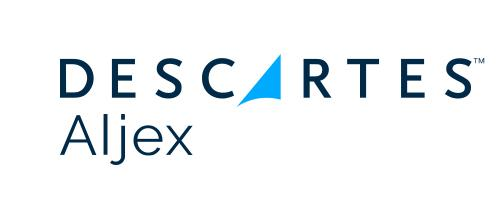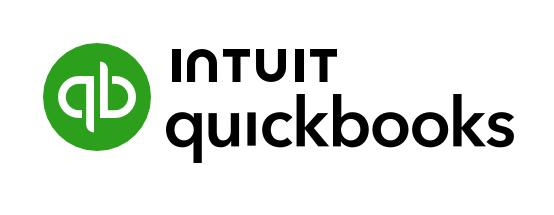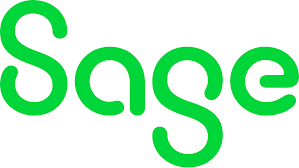Billing Automation Services
Automate your invoicing within the tools you already use to eliminate manual work of your team, reduce DSO and improve customer experience.
No new tools, no extra training – just streamlined, fully-automated workflows.
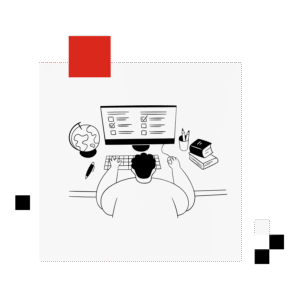

Invoice Automation Solutions
Seamless Automation
for Your Invoicing Workflows
And we back it with a promise:
achieve at least 50% time or cost savings – or get 100% of your money back.
The proof is in the numbers
0
or apps to learn
50%+
guaranteed
100%
7
(months)
What sets us apart?
We don’t replace your existing systems – we enhance them. Our software robots work within your current environment to boost invoicing speed, accuracy, and performance. No new platforms to learn, no training, and no disruption to your accounting team. The robots run silently in the background, requiring no human intervention.
Key Benefits of Billing Automation
Reduce manual work
Billing automation eliminates repetitive tasks like data entry, invoice creation, and follow-ups. This frees up your team to focus on higher-value work while reducing human error.
Save money
By cutting down on manual processes, billing automation lowers operational costs and avoids costly mistakes. It delivers more efficiency without increasing headcount.
Improve cash flow
Automated billing ensures invoices are sent promptly and follow-ups happen on time. Faster invoicing leads to faster payments and more predictable cash flow.
Decrease DSO (Days Sales Outstanding)
By speeding up the invoicing and collections process, automation helps reduce the time it takes to get paid. Lower DSO means more working capital and healthier financials.
Invoice Automation Solutions
- Automatically generate and send invoices from Excel, time logs, or internal databases
- Include required attachments like supporting documents, project reports, or signed approvals
- Format documents to meet each client’s specific billing requirements, as defined by contracts or agreements
- Trigger document creation directly from accounting systems or custom workflows already in place
- Email invoices and attachments to customers automatically - with no manual effort
- Support subscription-based, usage-based, milestone-based, and hybrid billing models
- Combine data from multiple sources and systems to produce a single invoice
- Work with various invoice types across industries like SaaS, legal, healthcare, utilities, and construction
- Adapt to complex billing formats - hourly rates, retainers, contingency fees, reimbursements, and more
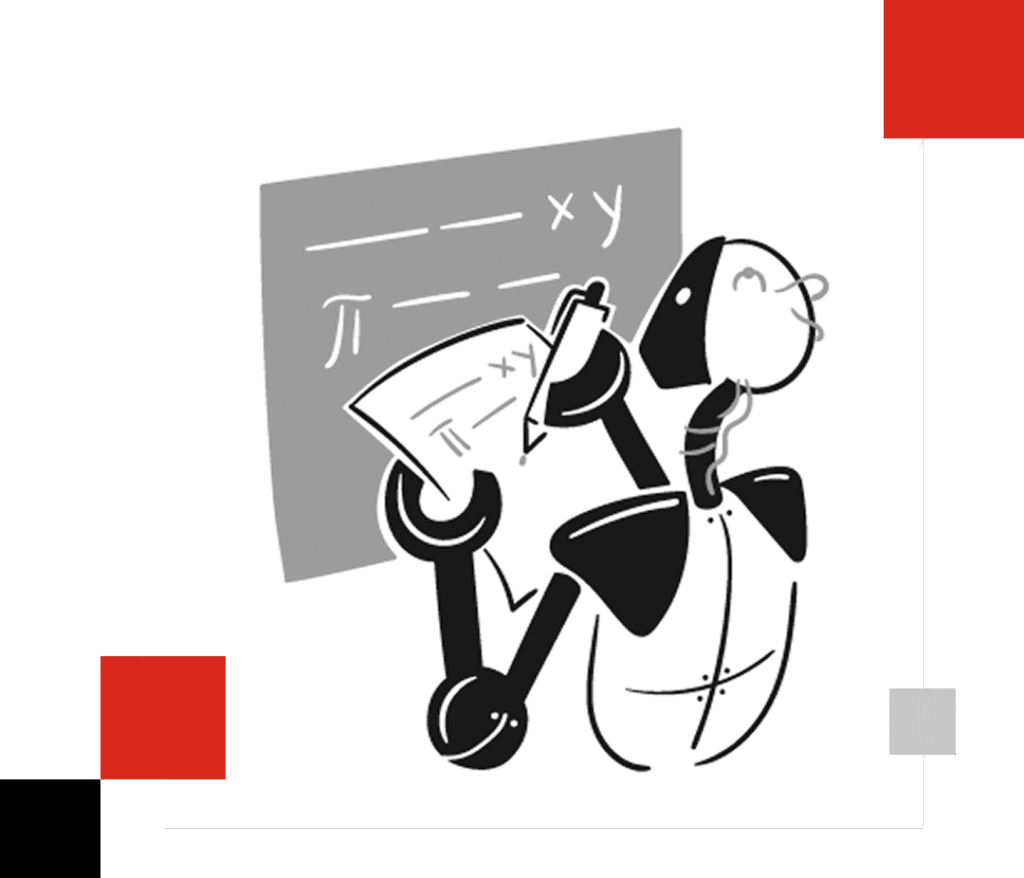
No new software. No retraining. No disruption.
Our approach is built for companies that want to improve – not replace – their existing billing systems. No expensive platforms. No steep learning curves. Just faster, more accurate invoicing through smart automation.
And with our real-time process console, your team can track document generation, monitor progress, and ensure everything runs smoothly—without extra effort.
Our Expertise
We streamline how you generate and deliver essential billing documents by embedding automation into the tools and processes you already use. Whether you’re working in Excel, time-tracking systems, accounting platforms, or shared drives, we automate the creation of PDFs, spreadsheets, or Word documents – without requiring you to switch platforms or learn new software.

Schedule a FREE audit of your billing process
Frequently asked questions about billing automation service
1How to make an automated billing system?
There are two main approaches to automating billing. The first involves using traditional billing platforms or all-in-one apps that centralize data – but these often require time-consuming setup, staff training, and ongoing high subscription costs.
The second, more efficient option uses software robots and AI to automate your existing workflows. This method is faster to implement, works with the tools you already use, and requires no additional training or disruption to your team.
2 Can AI do my invoices?
3 What methods do you use to automate invoicing?
4What are examples of programs that can be automated for billing?
We can automate invoicing across virtually any combination of tools or programs you use. Many of our clients rely on multiple sources of data – sometimes five or six systems just to generate a single invoice.
Common examples include basic tools like Microsoft Excel, Google Sheets, email, and notes apps, as well as advanced systems like QuickBooks, Xero, Oracle, Zoho, and others. Our solution connects and automates all of them, eliminating manual handoffs and reducing errors.


